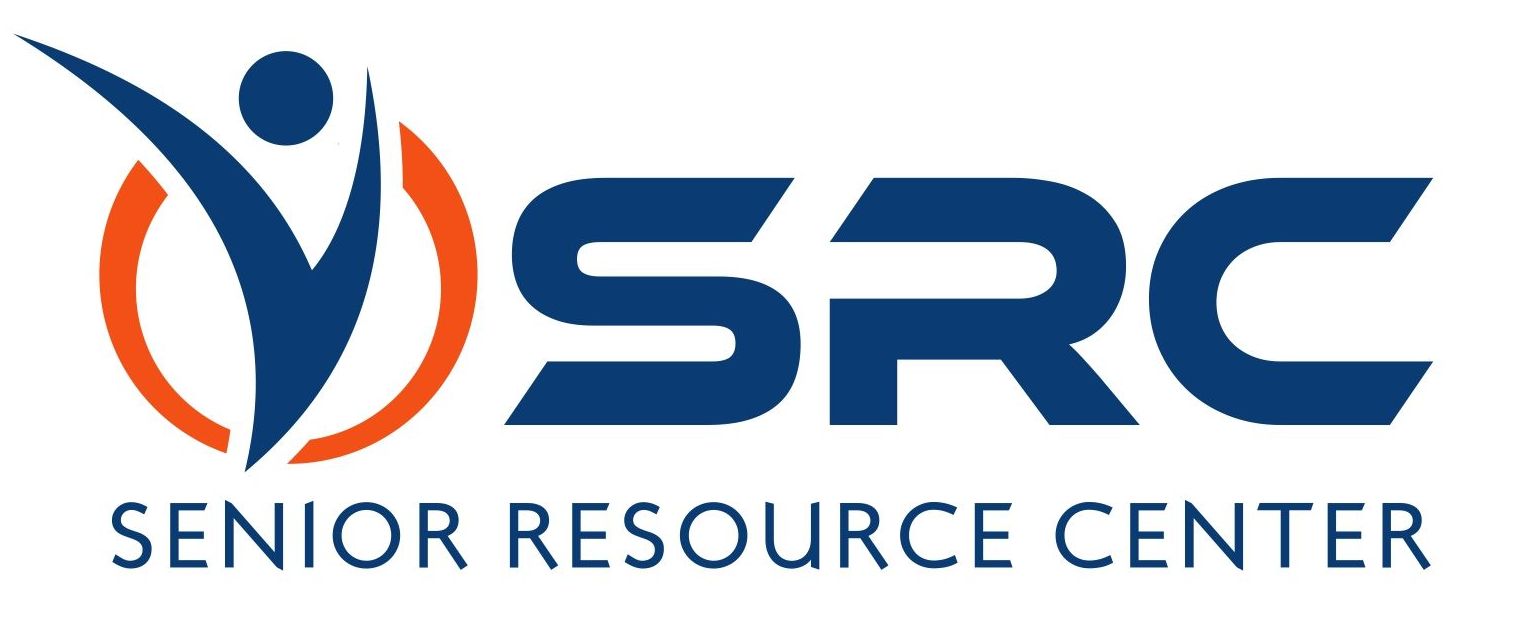Year-Round Tax Efficiency: The Importance of Ongoing Tax Planning
As the saying goes, nothing in life is certain except death and taxes. Indeed, taxes are an inevitable part of our financial lives, and for seniors in Texas, understanding the nuances of tax planning can make a significant difference in their financial well-being. While tax season may only come around once a year, the importance of ongoing tax planning cannot be overstated. For seniors navigating their retirement years, proactive tax management can lead to increased savings, reduced stress, and a more secure financial future.
Tax planning is not merely a once-a-year activity conducted in the weeks leading up to April 15th. Instead, it is a year-round process that requires attention to detail and a strategic approach. Seniors, in particular, can benefit from ongoing tax planning due to the unique financial challenges and opportunities they face during retirement. From managing retirement account distributions to maximizing deductions and credits, there are numerous strategies seniors can employ to minimize their tax burden and maximize their savings.
One of the key components of year-round tax efficiency is understanding the
tax implications of retirement account withdrawals. Many seniors rely on distributions from retirement accounts such as 401(k)s, IRAs, and pensions to fund their living expenses during retirement. However, the timing and amount of these withdrawals can have significant tax consequences. By carefully planning when and how much to withdraw from these accounts, seniors can minimize their tax liability and preserve more of their hard-earned savings.
For example, seniors may consider taking advantage of Roth IRA conversions, which allow them to convert traditional IRA assets into Roth IRA assets. While this conversion results in immediate tax liability, it can offer long-term tax benefits, as qualified distributions from Roth IRAs are tax-free. By strategically timing Roth conversions based on their income and tax bracket, seniors can minimize their overall tax burden and create a more
tax-efficient retirement income strategy.
In addition to managing retirement account distributions, seniors can also benefit from proactive tax planning when it comes to investment income and capital gains. Depending on their individual circumstances, seniors may have the opportunity to take advantage of tax-advantaged investment vehicles such as municipal bonds or qualified dividends. By carefully balancing their investment portfolio and considering the tax implications of different asset classes, seniors can optimize their after-tax returns and maximize their overall investment growth.
Furthermore, seniors should be mindful of potential tax deductions and credits available to them throughout the year. From medical expenses to charitable contributions, there are numerous tax breaks available to seniors that can help reduce their tax liability and increase their disposable income. By keeping detailed records and staying informed about changes to the tax code, seniors can ensure that they are taking full advantage of all available tax benefits.
Beyond managing income and deductions, seniors will benefit from also considering the broader implications of estate planning and long-term care when it comes to tax efficiency. Proper estate planning can help seniors minimize estate taxes and ensure that their assets are transferred to their heirs in a tax-efficient manner. Similarly, long-term care planning can help seniors mitigate the financial impact of medical expenses and nursing home care while minimizing their tax liability.
Year-round tax efficiency is essential for seniors in Texas and beyond. By taking a proactive approach to tax planning and staying informed about changes to the tax code, seniors can minimize their tax burden, maximize their savings, and achieve greater financial security in retirement. Whether it's managing retirement account distributions, optimizing investment income, or maximizing deductions and credits, there are numerous strategies seniors can employ to enhance their tax efficiency and build a more prosperous future.
At Senior Resource Center Texas, we understand the importance of ongoing tax planning for seniors. Our team of experienced professionals is dedicated to helping seniors navigate the complexities of the tax code and develop personalized tax strategies tailored to their unique financial goals and circumstances. From retirement account management to estate planning and beyond, we are committed to empowering seniors to make informed decisions and achieve greater financial freedom in retirement.
Contact us today to learn more about our comprehensive tax planning services and how we can help you build a brighter financial future. Visit our website
https://www.srctexas.com/.



Ready to get started?

Senior Resource Center
Service Areas
Licensed Insurance Professional. Respond and learn how insurance and annuities can positively impact your retirement. This material has been provided by a licensed insurance professional for informational and educational purposes only and is not endorsed or affiliated with the Social Security Administration or any government agency. It is not intended to provide, and should not be relied upon for, accounting, legal, tax or investment advice.
*A professional advisor should be consulted before implementing any of the options presented. No content should not be construed as legal or tax advice. Always consult an attorney or tax professional regarding your specific legal or tax situation.

Senior Resource Center
Service Areas
Licensed Insurance Professional. Respond and learn how insurance and annuities can positively impact your retirement. This material has been provided by a licensed insurance professional for informational and educational purposes only and is not endorsed or affiliated with the Social Security Administration or any government agency. It is not intended to provide, and should not be relied upon for, accounting, legal, tax or investment advice.
*A professional advisor should be consulted before implementing any of the options presented. No content should not be construed as legal or tax advice. Always consult an attorney or tax professional regarding your specific legal or tax situation.

Service Areas
Licensed Insurance Professional. Respond and learn how insurance and annuities can positively impact your retirement. This material has been provided by a licensed insurance professional for informational and educational purposes only and is not endorsed or affiliated with the Social Security Administration or any government agency. It is not intended to provide, and should not be relied upon for, accounting, legal, tax or investment advice.
*A professional advisor should be consulted before implementing any of the options presented. No content should not be construed as legal or tax advice. Always consult an attorney or tax professional regarding your specific legal or tax situation.
Senior Resource Center
Website by EGS Marketing Solutions
